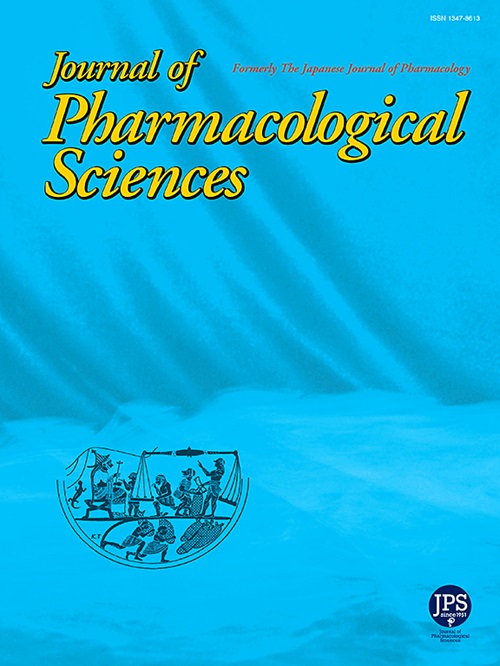Direct effects of cigarette smoke extract from heated tobacco products on cardiomyocyte: Comparison with combustible cigarettes
IF 2.9
3区 医学
Q2 PHARMACOLOGY & PHARMACY
引用次数: 0
Abstract
Smoking of combustible cigarettes is a risk factor for cardiovascular disease. Heated tobacco products (HTPs) have recently increased in use due to their perceived lower toxicity compared with combustible cigarettes, yet their direct effects on cardiomyocytes remain unclear. In the present study, we compared the effects of nicotine- and tar-free cigarette smoke extracts (CSE) from two HTPs (‘HTP-1’ and ‘HTP-2’) and a combustible reference cigarette (RF) on cultured neonatal rat ventricular myocyte. All CSEs reduced cell viability and the spontaneous beating rate, with toxicity ranked as RF > HTP-2 > HTP-1. HTP-2 and RF also induced intracellular Ca2+-overload, contractile dysfunction, and mitochondrial reactive oxygen species production, whereas HTP-1 did not. Mitochondrial respiration and ATP production were suppressed by all CSEs, while glycolysis was upregulated only by HTP-2 and RF, indicating different metabolic alterations. Acrolein, a shared toxicant in all products, also reduced cell viability, suggesting its involvement in CSE-induced cardiotoxicity. In summary, we revealed that HTPs, like combustible cigarettes, exhibit direct cardiomyocyte toxicity, but the underlying mechanisms appear to differ between different cigarette products with regard to abnormal Ca2+ regulation and metabolic inhibition. These findings raise concern regarding the cardiac safety of HTPs.
加热烟草制品烟气提取物对心肌细胞的直接影响:与可燃香烟的比较
吸可燃香烟是患心血管疾病的一个危险因素。与可燃香烟相比,加热烟草制品(HTPs)的毒性较低,因此最近使用量有所增加,但其对心肌细胞的直接影响尚不清楚。在本研究中,我们比较了两种HTPs(“HTP-1”和“HTP-2”)中不含尼古丁和不含焦油的香烟烟雾提取物(CSE)和可燃参比香烟(RF)对培养的新生大鼠心室肌细胞的影响。所有CSEs均降低细胞活力和自发跳动率,毒性等级为RF >;HTP-2祝辞HTP-1。HTP-2和RF也诱导细胞内Ca2+超载、收缩功能障碍和线粒体活性氧产生,而HTP-1则没有。所有CSEs均抑制线粒体呼吸和ATP产生,而糖酵解仅被HTP-2和RF上调,表明不同的代谢改变。丙烯醛是所有产品中共有的一种有毒物质,它也降低了细胞活力,表明它参与了cse诱导的心脏毒性。总之,我们发现HTPs,像可燃香烟一样,表现出直接的心肌细胞毒性,但关于异常Ca2+调节和代谢抑制,不同香烟产品之间的潜在机制似乎不同。这些发现引起了人们对htp心脏安全性的关注。
本文章由计算机程序翻译,如有差异,请以英文原文为准。
求助全文
约1分钟内获得全文
求助全文
来源期刊
CiteScore
6.20
自引率
2.90%
发文量
104
审稿时长
31 days
期刊介绍:
Journal of Pharmacological Sciences (JPS) is an international open access journal intended for the advancement of pharmacological sciences in the world. The Journal welcomes submissions in all fields of experimental and clinical pharmacology, including neuroscience, and biochemical, cellular, and molecular pharmacology for publication as Reviews, Full Papers or Short Communications. Short Communications are short research article intended to provide novel and exciting pharmacological findings. Manuscripts concerning descriptive case reports, pharmacokinetic and pharmacodynamic studies without pharmacological mechanism and dose-response determinations are not acceptable and will be rejected without peer review. The ethnopharmacological studies are also out of the scope of this journal. Furthermore, JPS does not publish work on the actions of biological extracts unknown chemical composition.

 求助内容:
求助内容: 应助结果提醒方式:
应助结果提醒方式:


